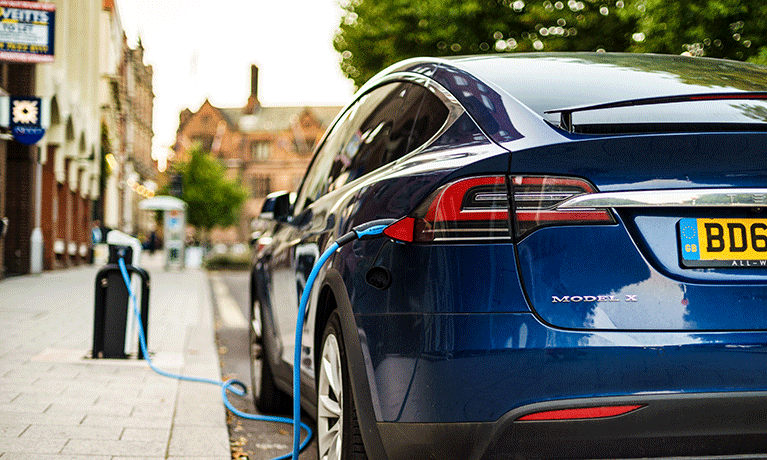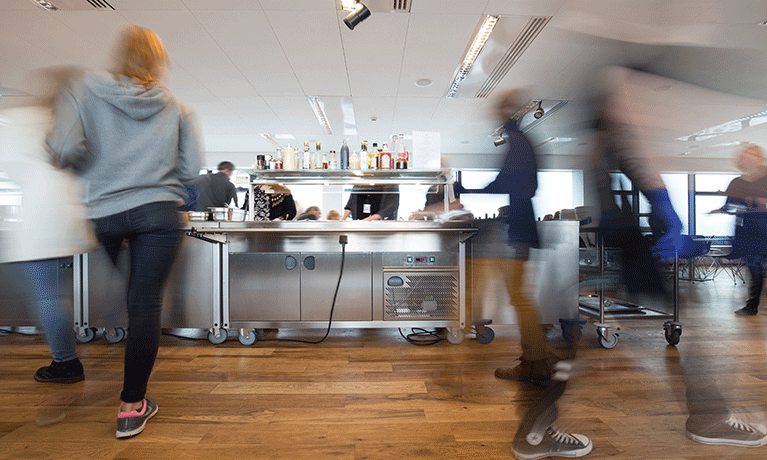Dr Andrew Jones and Dr David Jarvis, Centre for Business in Society
As workers across the UK head back into the office, many for the first time since March 2020, the debate surrounding the future of commuting has reignited with recent analysis from the Rail Delivery Group highlighting the continued discrepancy between public and private transport usage (BBC, 2021). The prospect of the pandemic leading to a shift in travel habits was first raised in 2020 with concerns that the negative view of public transport during the pandemic, for example the perception that it was key vessel of Covid-19 transmission, threatened to create an enduring drift from mass transit to what were viewed as more convenient private modes (Aldred,2020). Current statistics from the DFT indicate that private car usage has returned to near pre-pandemic levels whilst demand for rail is estimated at around 60% of its pre-Covid figure. Such a trend can be explained through enduring, potentially engrained risk perceptions amongst prior public transport users. To understand the implications of these perceptions a team from the Centre for Business in Society undertook a survey with West Midlands residents in order to assess how their travel behaviours could change post-pandemic.
From Public to Private and Remote
A key finding emerging from the survey was that respondents remained uncomfortable with public transport, despite restrictions easing and vaccination rates increasing. Just 10% of the sample stated that they were currently comfortable with using public transport. Critically, less than 50% of the sample believed that vaccination made a difference to their feelings about public transport use, raising further doubts about the general desire to return to public transport in an environment where Covid infection rates remain stubbornly high. When asked to consider future commuting patterns, users of rail services were more likely to state that they would switch to private modes when compared to those utilising buses for travel-to-work. This may indicate that rail users in the survey were better equipped to access private transport alternatives, whilst those dependent on bus travel had fewer available options. As rail users generally face longer commutes than those utilising bus services, such a significant shift in travel behaviour would present serious challenges for urban spaces in managing congestion and increased tailpipe emissions. Ultimately, this would act as a drag on productivity, and impact negatively the health and attractiveness of city spaces.
However, it is not only a shift to private transport modes that is influencing the demand for public transport. Remote working has proven successful for many individuals during the pandemic, and there is an expectation that such routines will continue into the future. From the survey, a little over 40% of working age respondents believed that they would complete some work remotely post pandemic, with 10.5% of these individuals expecting to work entirely from home into the future. With fewer people communing daily, demand for most modes of transport, and other urban services, will inevitably decline. Indeed, the ‘notion’ of commuting as it was understood in the pre-Covid world, may never return to ‘normal’, raising significant questions about the future shape of mobility and the funding models employed within the public transport sector.
Weaker Demand = Weaker Services?
A sustained reduction in demand will ultimately lead to lower revenues. This may threaten service provision, limit investment plans, and make providers more dependent on state support and bailout funding provision. A sluggish level of demand for rail services will almost certainly raise further questions about the viability of the sector moving forwards. In the UK it is estimated that the industry had received some £12bn in emergency funding from central government by May 2021 (Pickard and Georgiadis, 2021). It is unlikely though that either government or taxpayers will view continued spending of this kind as ‘essential’ if funds are used to support the running of near deserted trains.
Clearly, the experiences of the pandemic threaten to disrupt permanently the established mobility paradigm and have raised significant questions about the nature of the transport mix required to support commuting activity in the future. Climate and wider health concerns mean that mass-transit must remain a central component of this model. New innovations, such as shared transport and micromobility, may not be appropriate for those who need to travel considerable distances into city spaces, and a ‘car led’ recovery will severely hamper the UK government’s goal of ‘net zero’ emissions by 2050. It is clear though that many former rail passengers are going to take much persuasion to return to even a ‘light’ version of their pre-pandemic transport behaviours. As such, there is much work to do on the part of policymakers and providers to both fully interrogate and mitigate the apprehension of passengers in order to encourage them to return to rail.
It is debatable as to whether current efforts, focused on more flexible ticketing and communication of new hygiene and safety measures, will be sufficient in encouraging a large-scale return to public transport, particularly on rail services. Passengers may, with some justification, feel that a combination of remote working and private transportation provides a safer and more effective solution to their mobility requirements. Ultimately, however, the danger of this personal behaviour pathway is that it leads inevitably to disinvestment and the rationalisation or mothballing of services in the face of a new normal of low passenger numbers. Unfortunately, the mobility outcomes of such a scenario are likely to impact severely on those of lesser means most dependent on public transport services, widening the gap between the ‘mobility have’s and have nots’, and creating even greater challenges for policy makers concerned with transport planning, inclusion and social justice.
References
Aldred, R. (2020) Congestion ahead: a faster route is now available Post-lockdown mode shift scenarios for commuting in England and Wales. Available at: https://static1.squarespace.com/static/5d30896202a18c0001b49180/t/5ee090e5635f3e0513867b40/1591775464939/Report_1+-+Congestion+ahead_+a+faster+route+is+now+available.pdf
BBC (2021) Rail industry urges workers not to spurn the train. Available at: https://www.bbc.co.uk/news/business-58502589
Pickard, J., and Georgiadis, P, (2021) UK rail passengers warned of higher fares in network overhaul. Available at: https://www.ft.com/content/fc1008b8-7531-4656-a670-fab9b6858646




Comments are disabled